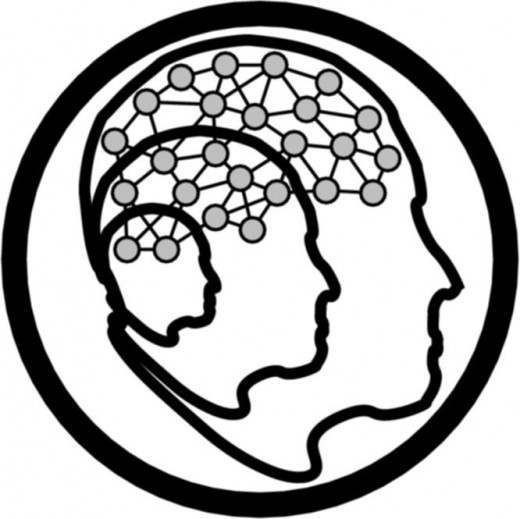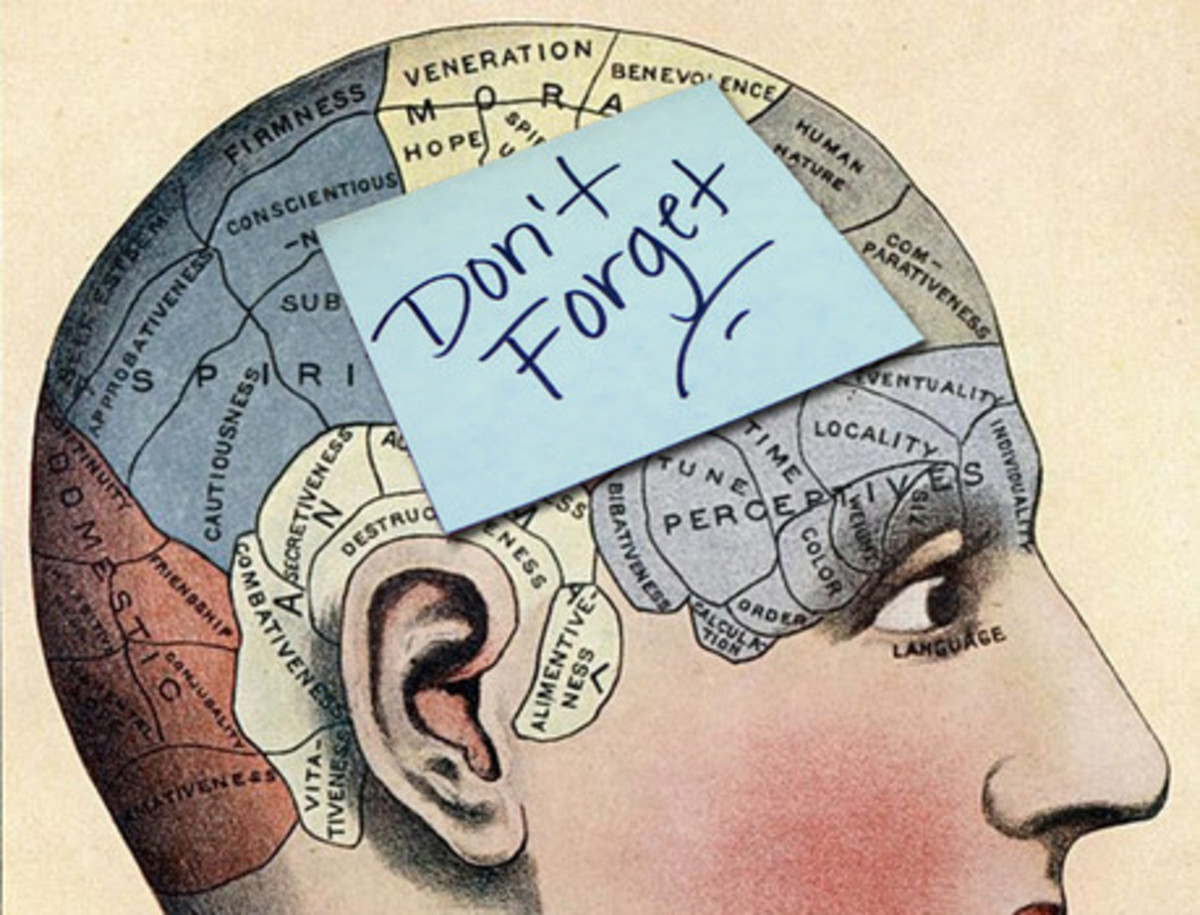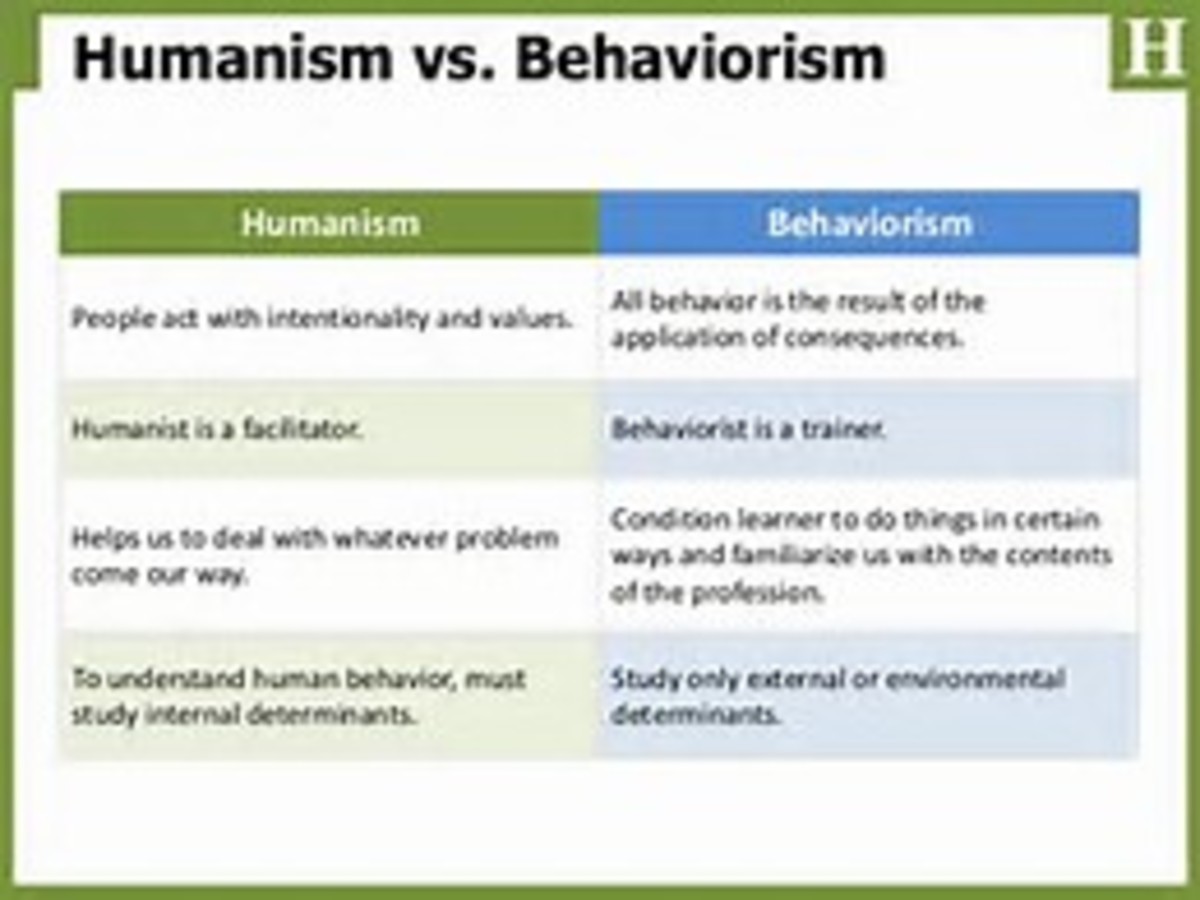Perceptual Learning And The Effects Of Stimulus Exposure



People and animals are often times creatures of habit. In a habitual situation, there tends to be a “decrease in orienting reactions to a stimulus that is repeatedly presented.” (Terry, 2006). For example, an animal may have a specific response to a new odor. However, after repeated exposure to the same odor, the animal may still recognize the odor but may no longer pay attention or respond to it because there is no interest or the odor does not pose a threat to the animal. I will examine and discuss factors that affect perceptual learning and the effects of stimulus exposuree, while applying simple stimulus learning to two real life situations.
There are several factors that have an effect on perceptual learning. Some of those factors include presenting contrasting stimuli, transfer from easy to difficult stimuli, and attention and feedback. In presenting contrasting stimuli, “perceptual learning requires identification of which dimensions are relevant for discrimination.” (Terry, 2006). It is important to provide both positive and negative aspects of the stimuli so the subject can differentiate one stimulus from another. This allows the subject to be able to decide or learn which stimuli are relevant. (Terry, 2006). In transferring from easy to difficult stimuli, “initial experience with an easy discrimination can sometimes facilitate learning of a more difficult discrimination.” (Terry, 2006). For example, Shiering and Ashby (2008) conducted two experiments where “participants in both experiments received one of three types of training on a difficult perceptual categorization level.” (Shiering & Ashby, 2008). In one group, participants started with easy examples and moved to intermediate, and finished with difficult examples. In the second group the order was reversed from difficult, intermediate, and easy. The third group saw the examples in random order. The results of their study found that “the effect of these different training orders depends on the type of categories that participants are learning.” (Shiering & Ashby, 2008). They found that all three training procedures were effective when learned through explicit reasoning. “However, when the categorization rule was difficult to describe verbally (i.e., an information-integration task), participants who began with the most difficult examples performed much better than participants in the other two groups.” (Shiering & Ashby, 2008). With attention and feedback, “does the subject need to be actively attempting to distinguish among the stimuli?” (Terry, 2006). This may be determined in how the instructions of the experimenter are presented to the subject. If the instructions ask the subject to distinguish the difference between two or more stimuli, there is an implication to look for differences in the stimuli. According to Terry (2006), “Perceptual learning occurs in the absence of experimenter feedback about performance.” (p. 60).
Sometimes a subject may have a preference for familiar stimuli. “Exposure to a stimulus sometimes leads to an effective, or emotional, change in the preference the stimulus.” (Terry, 2006). Abraham Maslow (1937) conducted a study where participants were asked to perform many tasks such as copying sentences or reading lists of foreign names in a laboratory setting. He used other tasks to divert the participants from learning the real purpose of the experiment. When the participants were later asked to judge their preferences, “subjects choose familiar tasks, the familiar lab, and even the familiar pictures that had been on the wall.” (Terry, 2006). With this study, it seems that people or at least the participants in this study prefer things that are familiar to them rather than things that are unfamiliar. Another form of stimulus exposure is priming facilitation. “Priming occurs when one presentation of a stimulus facilitates the processing of a closely following repetition of the same or a related stimulus.” (Terry, 2006). For example, if a series of pictures are quickly shown to a person, one picture of a dog will allow the person to identify or react to a picture of the dog faster. “The stimulus has been primed, meaning that the processes necessary to perceive, identify, and emit this [picture] have already been activated.” (Terry, 2006). Experiments in priming show that a person is more likely to be able to recognize an image that they have been primed for among other new images in a shorter time frame. They have a quicker reaction time to the pictures in which they have been primed.
In a real life situation, an example of habituation might be a person putting on their clothes. The stimulus that the clothes create does not last long before it disappears from our nervous system and we are no longer aware of it. A person feels the clothes as they first touch their skin but after the clothes have been on a moment, it is not an unusual feeling or as stimulating for the person. A real life example of perceptual learning may occur for children when learning to discriminate language sounds. For example, “the language Hindi has a pair of t sounds, which adult speakers of Hindi differentiate but which English-speaking adults do not. Werker (1989) studies infant perceptual categorization, and finds that infants in English-speaking environments can discriminate the two Hindi t’s at 6 months of age, but lose this ability between ages 8-12 months.” (Terry, 2008).
There are many ways that people learn. Some people learn through habit while others may learn through perception. Also, there are many stimuli that we are aware and unaware of that effect the learning process. How the information is presented as well as our attention to the information can have an effect on the process of learning. With more research, hopefully, we can get a better understanding of the many different aspects of the learning process.
References
Maslow, A. H. (1937). The influence of familiarization on preferences. Journal of Experimental
Psychology, 21, 162-180.
Shiering, B.J. & Ashby, G. F. (2008). Initial training with difficult items facilitates information-
integration but not rule-based category learning. Psychological Science. Vol. 19,
Issue 11, 1169-1177.
Terry, W.S. (2006). Learning and memory: Basic principles, processes, and procedures (third
edition) . Boston, MA: Pearson/Allyn Bacon.
Werker, J. F. (1989, January-February). Becoming a native listener. American Scientist, 77, 54-
59.



